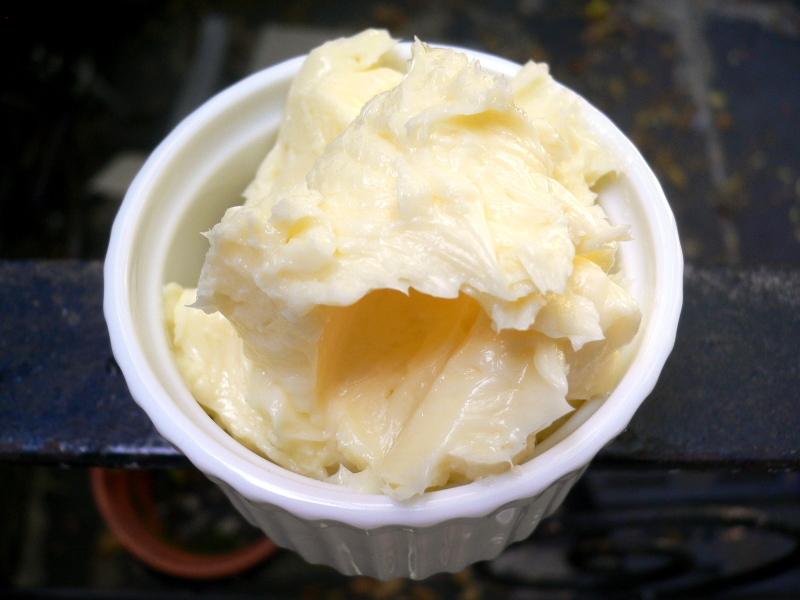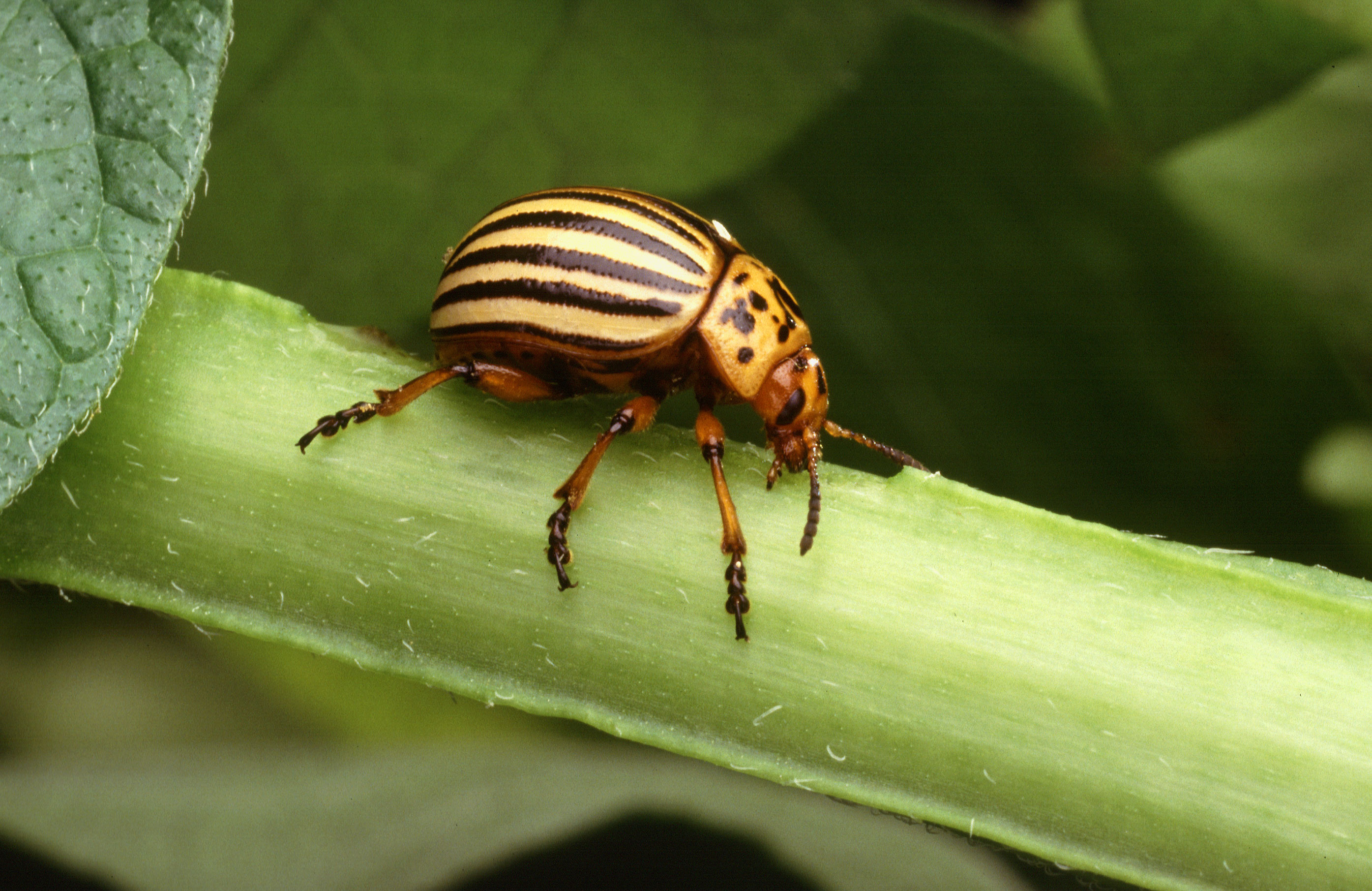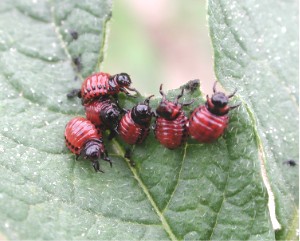 Image
Image: opaque white spots on the nails (especially if they form along a horizontal line) are a strong indication of adrenal imbalance. (something I remember from a seminar)
Stress and Adrenal HealthThis article was printed from http://www.power-surge.com/educate/stress.htmTo print: Click here or Select File and then Print from your browser's menuStress and Adrenal Health.
As a society, we are acutely exposed to daily stresses, be they emotional, physical, or mental. Work situations, family changes and obligations, changes in our bodies and in our health--all of these can contribute to the stress demands on our bodies. Our bodies respond to these stresses in a similar fashion despite the source. Physiologically, each time we are exposed to stresses, our adrenal glands respond by producing certain hormones. One part of the adrenal gland, the adrenal cortex, responds to long and short-term stresses, while the adrenal medulla responds to sudden or alarm situations, producing our "fight or flight" response. With the amount of stress we are exposed to each day, you'd think our adrenal glands were of considerable size, but that isn't the case. Our adrenals weigh about 5 grams each and reside in our bodies just above our kidneys in the low back area. For small glands, they play an enormous role in our health. Their function also tends to decline over a person's lifetime, leading some researchers to coin a new term "adrenapause" to define this loss. As such, we need to have ways in which we can keep our adrenal glands healthy.
From a preventive standpoint, we can reduce our exposure to certain stresses, as well as change the degree to which we allow stresses to affect us. This involves making choices about what we subject ourselves to, as well as how we respond to situations we can't avoid or change. The amounts of hormones, specifically glucocorticoids and catecholamines, that are released by the adrenal glands are directly related to the amount of stress the body endures, and these hormones can affect nearly all the tissues in our bodies. Individuals exposed to long-term stress have higher circulating glucocorticoids than a person who is unstressed does. Certain lifestyle changes, such as exercise, meditation, breathing exercises, and yoga, have all been demonstrated to ease our response to stress. Those who incorporate one or more of these into their days are noticeably more resilient to daily stresses.
We can also address adrenal health through nutritional support and herbs. Vitamin C and the B-complex vitamins are crucial to adrenal health. Being water-soluble vitamins, they are easily depleted and may need regular supplementation, especially in times of stress. Vitamin C is stored in high concentrations in the adrenal glands, which is evidence of its need for this important vitamin. It has been shown that a person's need for vitamin C varies, depending on what their body is going through at the time. Infection, for an example, can increase the body's need for vitamin C considerably. Herbs which address adrenal health are referred to as adaptogens, because they help the body adapt to changes, or stresses. Some of the most notable herbs utilized for adrenal support are licorice, ginseng, and astragalus. Astragalus has long been used in Chinese medicine as a tonic. Research has demonstrated its value in enhancing immunity through multiple mechanisms. Ginsengs are commonly prescribed to increase energy and support adrenal function. Research has demonstrated improved functioning under stress as well as increased working capacity following ginseng use. For women, Siberian ginseng appears to be the most appropriate of the ginsengs, as from a Chinese medicine perspective, it is more cooling (less likely to induce hot flashes) and can be used on a regular basis. Borage leaf also provides specific support to the adrenal cortex and can be used daily to support adrenal health.
Diet is another factor that plays a strong role, as it can supply the body with nutrients as well as deplete the adrenals, depending on what choices are made. For example, sugar and caffeine tend to draw energy from the adrenal glands, so stay away from them during times of stress or if you are working at improving adrenal health. In contrast, nutrients that are found in fresh fruits and vegetables supply healthy support for the body. Nutrient-rich foods, like kelp and other seaweed, are good sources of key vitamins and minerals important to glandular health.
A balanced program for supporting adrenal health includes scheduling time to exercise and taking some time for you to be mindful of your stress level and facilitate adjustments when necessary. Remember that treating health holistically means addressing mental, physical, and spiritual aspects of one's life, for they all affect one another and can contribute to health as well as disease.
Here is the complete
Article





